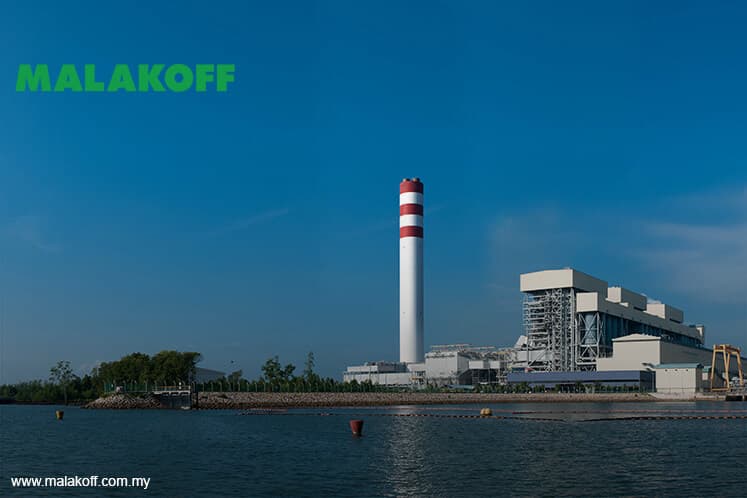
This article first appeared in The Edge Financial Daily on April 20, 2017
KUALA LUMPUR: Malakoff Corp Bhd has agreed to review its non-executive directors’ remuneration at its next board meeting after the group’s shareholders raised the issue at a shareholders’ meeting yesterday.
“We will definitely look into the matter when we convene the next board meeting. I don’t think the group’s chairman (Tan Sri Syed Anwar Jamalullail) would want to drag this matter. It’s just a legacy practice since before the company was listed,” Malakoff group managing director Datuk Azhar Abdul Hamid told reporters after the group’s annual general meeting (AGM).
Yesterday, The Edge Financial Daily reported that some institutional shareholders would call to review the fees paid to the group’s non-executive directors. Based on its annual report, the group has 11 directors, of which 10 are non-executive directors except for Azhar.
The annual report also showed that Malakoff’s remuneration for its executive and non-executive directors amounted to RM4.17 million in 2016.
At the AGM, a resolution on the payment of directors’ fees of RM1.17 million to the non-executive directors for the financial year ended Dec 31, 2016 (FY16), and a resolution on the payment of directors’ remuneration (excluding directors’ fees and board committee fees) at the capping amount of RM1.11 million to the non-executive directors from Jan 31, 2017 until the conclusion of the group’s next AGM were approved.
Syed Anwar also reiterated the group’s aspiration to increase its power-generation capacity to 10,000mw and water desalination generation to 530,000 cu m per day by 2020.
“Certainly in terms of growth, we would want to go out there and get as much as we can but I can say that our focus is more skewed towards brownfield investment as opposed to greenfield. As I said, we like to see timely impact on the balance sheet and profit and loss. The better we are at getting brownfield investment in, the better it will be for us in medium to long term,” Azhar said.
He added that besides brownfield investment, the group is looking to expand to other locations beyond Malaysia.
“We are looking at the moment, in our portfolio, probably more than 10 opportunities. Whether we go for them or not, that’s a different question altogether … As I said earlier, our focus is on the international market. We want to go where we are already at in the Middle East.
“We also look at some developed markets because we feel that there’s a lot of learning we can do. But we want to go in with partners who can add value to our investment opportunities,” he said.
On developed markets, Australia and Europe are two markets that Malakoff is looking at.
Based on its annual report, the group has international power and water assets in Saudi Arabia, Algeria, Bahrain, Australia and the Sultanate of Oman.
Currently, foreign plants only contribute about 4% of the group’s total revenue but they make up 25% of the bottom line, according to Azhar. He added that the intention was to increase the contribution from foreign plants to the group’s total revenue.
He also said the group’s focus on the solar energy business remains intense despite the disappointment of the failure to secure approval for the construction of a large-scale solar photovoltaic plant in Tanjung Malim and is determined to bid for the next round of solar project.
Moving forward, Azhar shared that the group is looking at improving efficiency while expanding external growth to deliver better financial results. “We are optimistic about our profit [in FY17],” he added.
Malakoff’s net profit fell 21% to RM355.5 million in FY16 from RM452.4 million in FY15, due to additional depreciation resulting from the change in estimate of residual values of gas-fired power plants, plus lower contribution from Port Dickson Power Bhd due to lower tariff of the extended power purchase agreement.